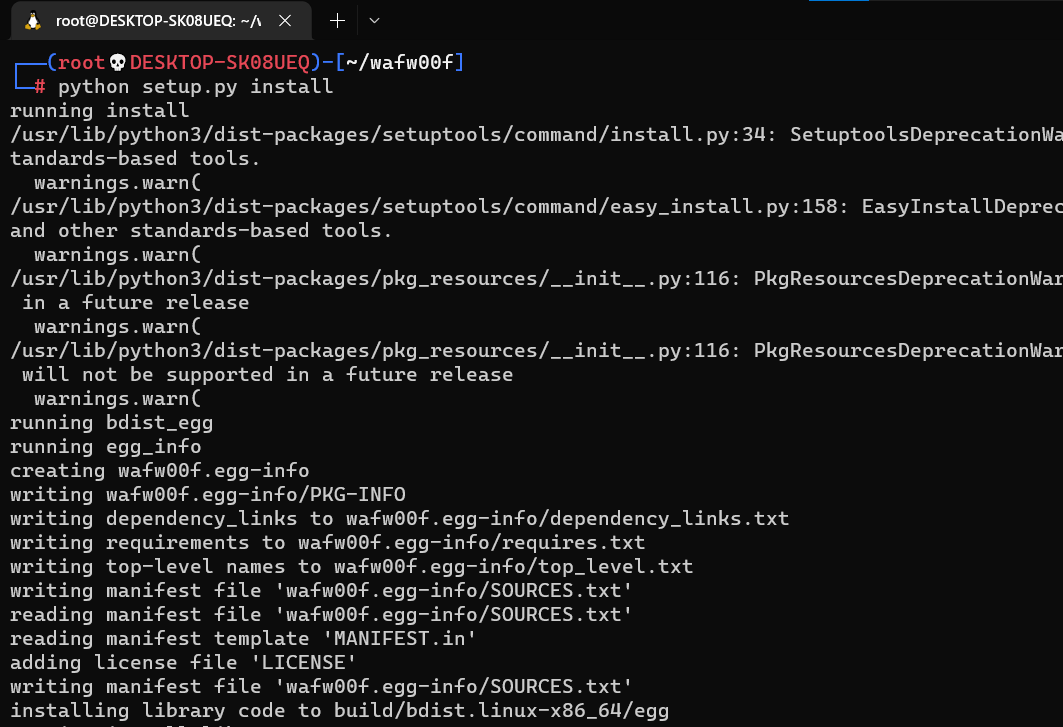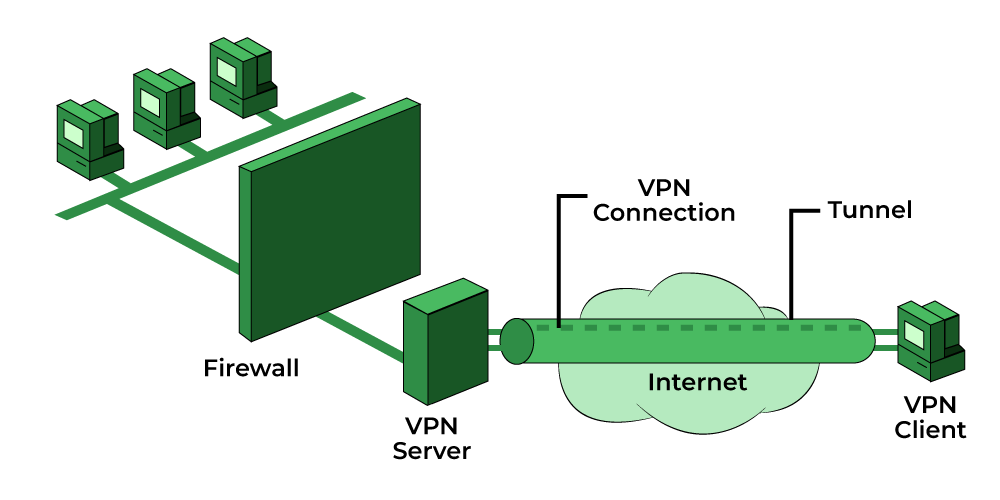A web application firewall (WAF) protects web applications from a variety of application-layer attacks such as cross-site scripting (XSS), SQL injection, and cookie poisoning, among others. Attacks on apps are the leading cause of breaches—they are the gateway to your valuable data. With the right WAF in place, you can block the array of attacks that aim to exfiltrate that data by compromising your systems.
So there are basically two methods for Identifying a web application firewall in a network:
Method 1: Manual Discovery
Telnet is mainly used by network administrators and penetration testers. Telnet enables you to connect to remote hosts over any port.
Step 1: Telnet Targetwebsite.com 80 (type this command on your terminal)
┌──(root????DESKTOP-SK08UEQ)-[/home/kali] └─# telnet testphp.vulnweb.com 80 Trying 44.228.249.3... Connected to testphp.vulnweb.com. Escape character is '^]'.
Step 2: After running the command above, write HEAD / HTTP / 1.1 and press the enter key.
┌──(root????DESKTOP-SK08UEQ)-[/home/kali] └─# telnet testphp.vulnweb.com 80 Trying 44.228.249.3... Connected to testphp.vulnweb.com. Escape character is '^]'. HEAD / HTTP / 1.1 HTTP/1.1 400 Bad Request Server: nginx/1.19.0 Date: Tue, 05 Jul 2022 17:20:03 GMT Content-Type: text/html Content-Length: 157 Connection: close <html> <head><title>400 Bad Request</title></head> <body> <center><h1>400 Bad Request</h1></center> <hr><center>nginx/1.19.0</center> </body> </html> Connection closed by foreign host.
It indicates the server on which the website is hosted and the back-end language on which it was created after using telnet on the target port 80.
Method 2: Automated Discovery
Step 1: Find Using Wafw00f
The zip package is available for download from the official GitHub source. Download the Wafwoof Tool. You can also use the git client to clone the repository. To get the package, run the commands:
Step 2: git clone https://github.com/EnableSecurity/wafw00f.git (Write On Your Linux Terminal and hit Enter)

Step 3: python setup.py install (Write On Your Linux Terminal and hit Enter)

Step 4: wafw00f <url> (For Ex. wafw00f http://testphp.vulnweb.com/).

Step 5: To use it in verbose mode, run the following command.
wafw00f <url> -v





